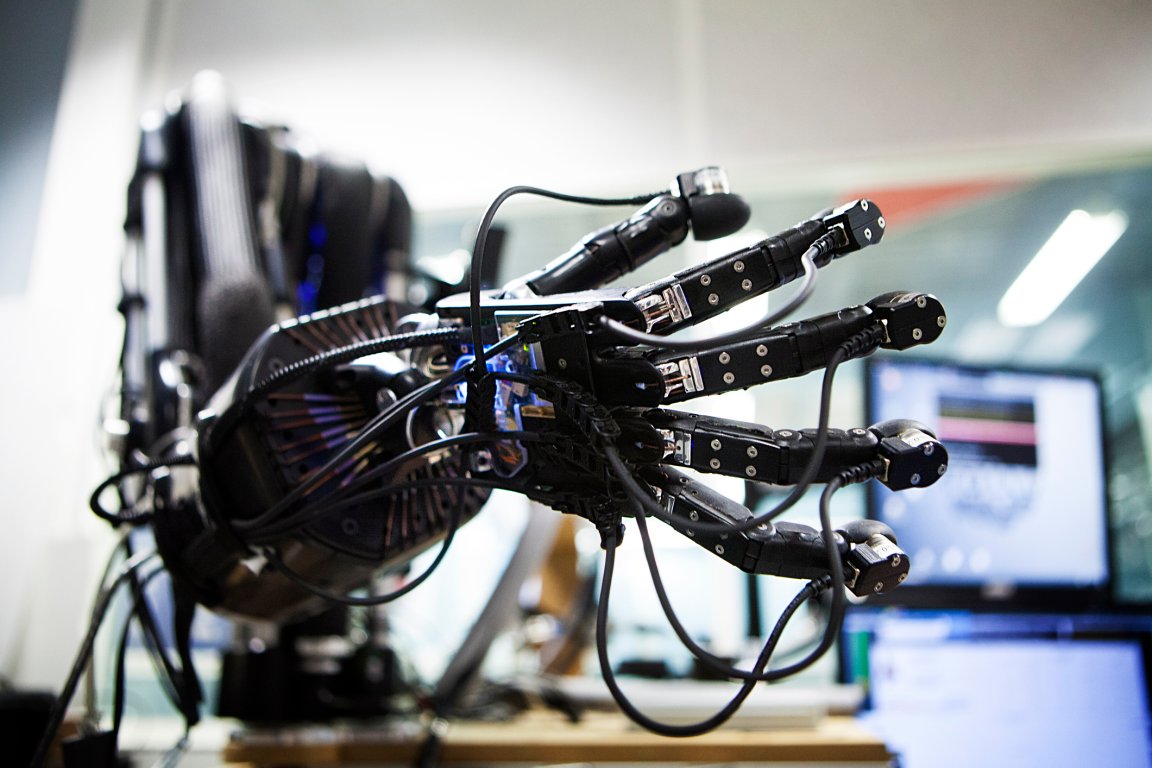
Making Muscle
A group of researchers from the Columbia University School of Engineering and Applied Science has developed a new type of synthetic soft muscle that can be manufactured using a 3D printer. The material is capable of lifting up to 1,000 times its own weight and boasts fifteen times the strain density (expansion per gram) of natural muscle.
The material doesn’t require an external compressor or equipment to regulate pressure, which are common facets of existing solutions that rely on pneumatic or hydraulic inflation. These components take up a lot of space, which makes it difficult to use them to create machines that are both small and able to operate independently.
The synthetic muscle consists of a silicone rubber matrix, which is peppered with microbubbles of ethanol. It’s electrically actuated using a low-power charge administered via a thin resistive wire.

“We’ve been making great strides toward making robots minds, but robot bodies are still primitive,” said Hod Lipson, a professor of mechanical engineering who led the research group, in a press release. “This is a big piece of the puzzle and, like biology, the new actuator can be shaped and reshaped a thousand ways. We’ve overcome one of the final barriers to making lifelike robots.”
Soft Touch
This new synthetic muscle could be a great benefit to the field of soft material robotics. In recent years, there have been great advances made in creating robots that can move and perform actions an ever-expanding variety of actions. However, there are still plenty of movements which are still too difficult for rigid robots to perform.
Actions related to grasping and manipulation require a certain level of finesse and dexterity that current technologies struggle to attain. This new material could help to create a robot that can grip a soft object without causing damage, for instance.
Machines built using this technology could provide assistance to human workers in situations where delicate movements are required, like in a medical context. We might even see the material integrated into next-generation prosthetics to provide improvements to the control that users have over their digits.
The next step for these researchers is to replace the resistive wire currently used with conductive materials, which should improve the muscle’s response time and longevity. Looking further forward, they plan to use artificial intelligence to control motion with the material, an advance that could bring with it more humanoid movement to the robots of tomorrow.